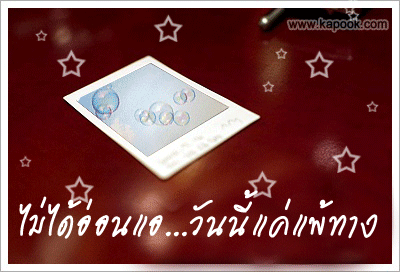2.อย่าสวดมนต์เพื่อสิ่งใดนอกจาก ปัญญา และ ความกล้าหาญ
3.เพื่อนใหม่ คือ ของขวัญที่ให้กับตัวเอง ส่วนเพื่อนเก่า / มิตร คือ อัญมณีที่นับวันจะเพิ่มคุณค่า
4.อ่านหนังสือธรรมะ ปีละเล่ม
5.ปฎิบัติต่อคนอื่น เช่นเดียวกับที่เราต้องการให้คนอื่นปฎิบัติต่อเรา
6.พูดคำว่า ขอบคุณ ให้มากๆ
7.รักษา ความลับ ให้เป็น
8.ประเมินคุณค่าของการให้ อภัย ให้สูง
9.ฟังให้มากแล้วจะได้คู่สนทนาที่ดี
10.ยอมรับความผิดพลาดของตัวเอง หากมีใครตำหนิและรู้แก่ใจว่า เป็นจริง
11.หากล้มลง จงอย่ากลัวกับการลุกขึ้นใหม่
12.เมื่อเผชิญหน้ากับงานหนัก คิดเสมอว่า เป็นไปไม่ได้ที่จะล้มเหลว
13.อย่าถกเถียงธุระกิจภายในลิฟท์
14.ใช้บัตรเครดิตเพื่อความสะดวก อย่าใช้เพื่อก่อหนี้สิน
15.อย่าหยิ่งหากจะกล่าวว่า ขอโทษ
16.อย่าอาย หากจะบอกใครว่า ไม่รู้
17.ระยะทางนับพันกิโลเมตร แน่นอน มันไม่ราบรื้นตลอดทาง
18.ไม่มีใครเกิดมาแล้ววิ่งได้ จึงควรทำสิ่งต่างๆ อย่างค่อยเป็นค่อยไป
19.การประหยัด เป็นบ่อเกิดแห่งความร่ำรวย เป็นต้นทางแห่งความไม่ประมาท
20.คนไม่รักเงิน คือ คนไม่รักชีวิต ไม่รักอนาคต
21.ยามทะเลาะกัน ผู้เงียบก่อน คือ ผู้ที่มีการอบรมสั่งสอนที่ดี
22.ชีวิตนี้ ฉันไม่เคยทำงานเลยสักวัน ทุกวันเป็นวันสนุกหมด
23.จงอย่าให้จุดแข็ง เอาชนะจุดอ่อน
24.เป็นหน้าที่ของเราที่จะทำให้คนอื่นเข้าใจ ไม่ใช่หน้าที่ของคนอื่นที่จะทำความเข้าใจในสิ่งที่เราพูด
25.เหรียญเดียวมี 2 หน้า ความสำเร็จ กับความล้มเหลว
26.อย่าตามใจตัวเอง เรื่องยุ่งๆเกิดขึ้น ล้วนตามใจตัวเองทั้งสิ้น
27.ฟันร่วงเพราะมันแข็ง ส่วนลิ้นยังอยู่เพราะมันอ่อน
28.อย่าดึงต้นกล้าให้โตไวๆ ( อย่าใจร้อน )
29.ระลึกถึงความตายวันละ 3 ครั้ง ชีวิตจะมีสุข มีอภัย มีให้
30.ถ้าติดกระดุมเม็ดแรกผิด กระดุมเม็ดต่อไปก็ผิดหมด
31.ทุกชิ้นงานจะต้องกำหนดเวลาแล้วเสร็จ
32.จงเป็นน้ำครึ่งแก้วตลอดชีวิต เพื่อเรียนรู้เพิ่มเติมได้ตลอด
33.ดาวและเดือนที่อยู่สูงอยากได้ต้อง ปีนบันไดสูง
34. มนุษย์ทุกคนมีชิ้นงานมากมายในชีวิต จงทำชิ้นงานที่สำคัญที่สุดก่อนเสมอ
35.หนังสือเป็นศูนย์รวมปัญญาของโลก จงอ่านหนังสือเดือนละเล่ม
36.ระเบียบวินัย คือ คุณสมบัติที่สำคัญในการดำเนินชีวิต












